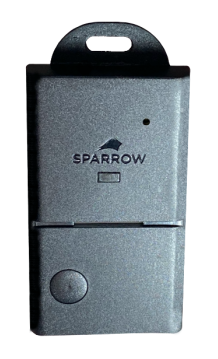Chromate is an oxyanion of chromium in the 6+ oxidation state. It is a strong oxidizing agent and is used in a variety of industrial applications, including chrome plating, pigments, and corrosion inhibitors. However, chromate is also a known carcinogen and can cause other serious health problems, such as skin irritation and allergic reactions.
Properties of chromate
Chromate is a yellow or orange solid that is soluble in water. It is a strong oxidizing agent, meaning that it can easily take electrons from other substances. This makes it a very effective disinfectant and bleaching agent.
Uses of chromate
Chromate is used in a variety of industrial applications, including:
- Chrome plating: Chromate is used to coat metals to protect them from corrosion and improve paint adhesion.
- Pigments: Chromate salts are used as pigments in paints, plastics, and inks. Chrome yellow, a popular pigment for yellow school buses, contains chromate.
- Corrosion inhibitors: Chromate is used as a corrosion inhibitor in open and closed cooling water systems.
Health risks of chromate
Chromate is a known carcinogen and can cause other serious health problems, including:
- Skin irritation and allergic reactions: Contact with products containing chromates can lead to allergic skin reactions, dermatitis, and ulcers.
- Respiratory problems: Inhalation of chromate dust can cause irritation to the nose, throat, and lungs. It can also lead to more serious problems, such as bronchitis and asthma.
- Cancer: Chromate is a known carcinogen and can cause lung cancer.
Regulations
The Occupational Safety and Health Administration (OSHA) has set a permissible exposure limit (PEL) for chromate of 0.05 milligrams per cubic meter (mg/m3) in the air. The National Institute for Occupational Safety and Health (NIOSH) has recommended exposure limit (REL) of 0.005 mg/m3 for chromate.
Measuring chromate
Dissolved chromate concentration in water can be measured in units of parts per million (ppm). There are a variety of kits available to measure chromate levels.
All our kits to measure Chromate can be found here: https://www.gas-sensing.com/support/gas-information/chromate.html
Conclusion
Chromate is a versatile but dangerous chemical. It is important to be aware of the health risks associated with chromate and to take steps to protect yourself from exposure.


